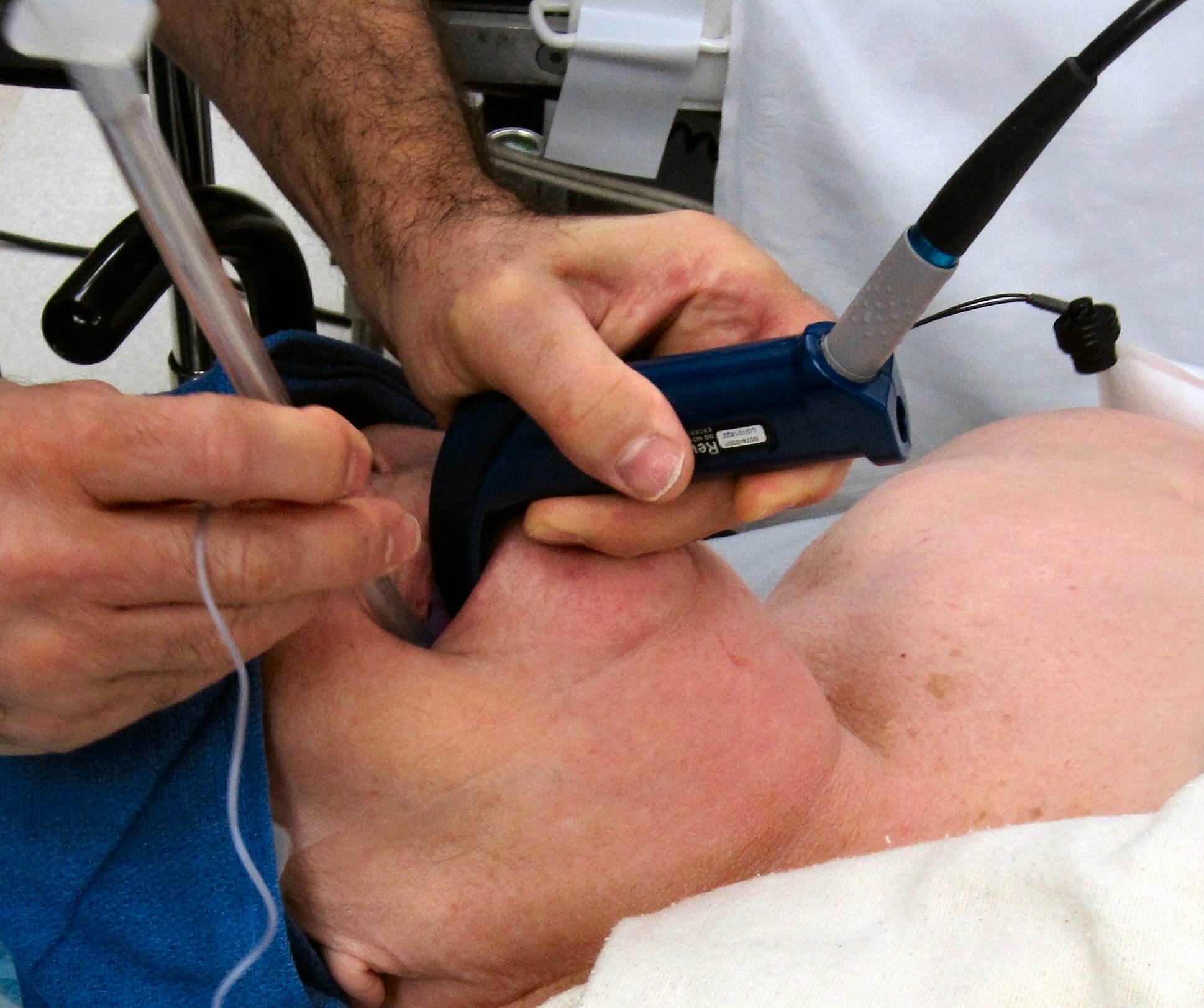Even the most experienced healthcare professionals can find airway management quite challenging. While it’s a fundamental skill for all EMS professionals, it’s an extremely daunting task that requires precision, skill, and expertise. As medical air transport providers, you may also come across patients who need airway management and depend on your competence for their future.
Important Tips for Medical Air Transport Providers in Airway Management
When providing medical care to patients who need airway management, make use of the following tips to help make your job easier:
- Remember the good airway management hallmarks – oxygenate, ventilate, and protect the airway. You will be attempting to accomplish two physiological tasks that are equally important. For proper oxygenation and ventilation, you need to ensure that the airway is clear from blood or secretions.
- Don’t forget to conduct a thorough assessment and remain vigilant for any early signs of respiratory issues. Measure airway patency by determining the patient’s level of consciousness. Ideally, you will need to be more aggressive with patients that have a Glasgow Coma Scale (GCS) that is lower than 8.Your assessment should include measuring the adequacy of the patient’s breathing, whether it’s too fast or too slow, whether their breathing is shallow or deep, etc. Try to listen for abnormal sounds like snoring, grunting, stridor, or wheezing. All of these factors can have a huge impact on the success or failure of your airway management efforts when providing medical air transport.
- As someone who provides medical care, you need to master the use of whatever equipment you need. Your equipment usage should be true to the principles of airway management mentioned in point #1. Ensure that your suction devices, BVMS, and oral and nasal airways are working properly and of the right size for the patient.


